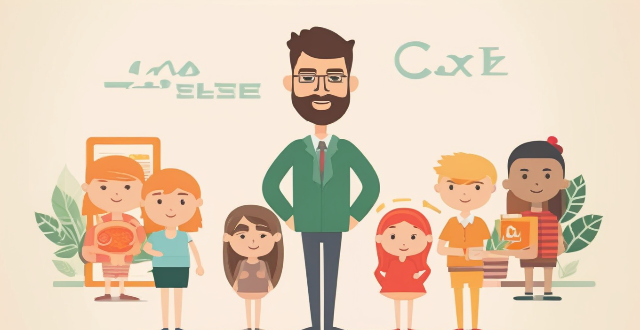Developing countries face numerous challenges in achieving climate resilience, including economic, social, political, and environmental issues. These challenges range from limited financial resources and dependency on climate-sensitive sectors to weak healthcare systems and food insecurity. Additionally, lack of policy coherence, weak governance, and international pressure further complicate matters. Environmental challenges such as biodiversity loss, water scarcity, and increased frequency of natural disasters also pose significant threats. Addressing these interconnected issues through collaborative efforts is crucial for building more resilient societies capable of withstanding the adverse effects of climate change.

Challenges Faced by Developing Countries in Achieving Climate Resilience
Introduction
Developing countries often face a multitude of challenges when it comes to achieving climate resilience. These challenges are multifaceted and can be broadly categorized into economic, social, political, and environmental dimensions.
Economic Challenges
- Limited Financial Resources: Many developing countries lack the necessary financial resources to invest in climate-resilient infrastructure and technologies. They often rely on external funding, which can be unpredictable and conditional.
- Dependency on Climate-Sensitive Sectors: A significant portion of their economies is based on climate-sensitive sectors such as agriculture, fishing, and tourism, making them more vulnerable to the impacts of climate change.
- High Adaptation Costs: The costs associated with adapting to climate change, including upgrading infrastructure and implementing new policies, can be prohibitively expensive for many developing countries.
Social Challenges
- Inadequate Healthcare Systems: Weak healthcare systems struggle to cope with the increased burden of diseases that arise from extreme weather events and changing disease patterns.
- Food Insecurity: Climate change exacerbates food insecurity by affecting crop yields and livestock production, leading to increased malnutrition and poverty.
- Population Displacement: Rising sea levels, desertification, and other climate-related disasters force people to relocate, causing socio-economic disruptions and straining already overwhelmed urban areas.
Political Challenges
- Lack of Policy Coherence: Without clear and consistent climate policies at the national level, it becomes difficult to implement effective adaptation measures.
- Weak Governance: Corruption, bureaucratic inefficiencies, and lack of transparency hinder the proper allocation and use of funds designated for climate resilience initiatives.
- International Pressure: Developing countries often face pressure from developed nations to reduce emissions while simultaneously needing to grow their economies, creating a complex balancing act.
Environmental Challenges
- Biodiversity Loss: Habitat destruction due to climate change threatens biodiversity, which is essential for maintaining ecosystem services that support human societies.
- Water Scarcity: Changes in precipitation patterns and increased evaporation rates lead to water scarcity, affecting both agricultural productivity and drinking water availability.
- Increased Frequency of Natural Disasters: The rising frequency and intensity of natural disasters like hurricanes, floods, and droughts pose significant threats to communities that lack adequate preparedness and response mechanisms.
Conclusion
Achieving climate resilience in developing countries requires overcoming these interconnected challenges through collaborative efforts that involve local communities, national governments, international organizations, and the private sector. By addressing these issues head-on, we can build more resilient societies capable of withstanding the adverse effects of climate change.